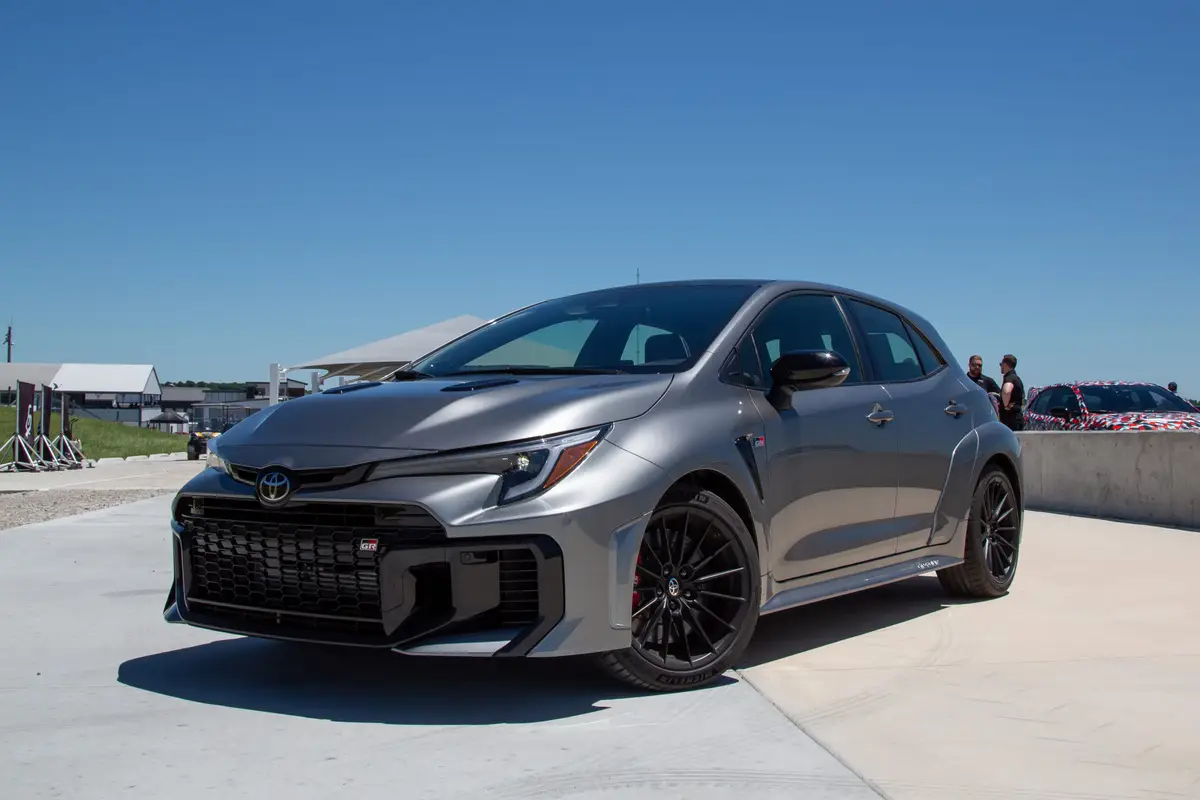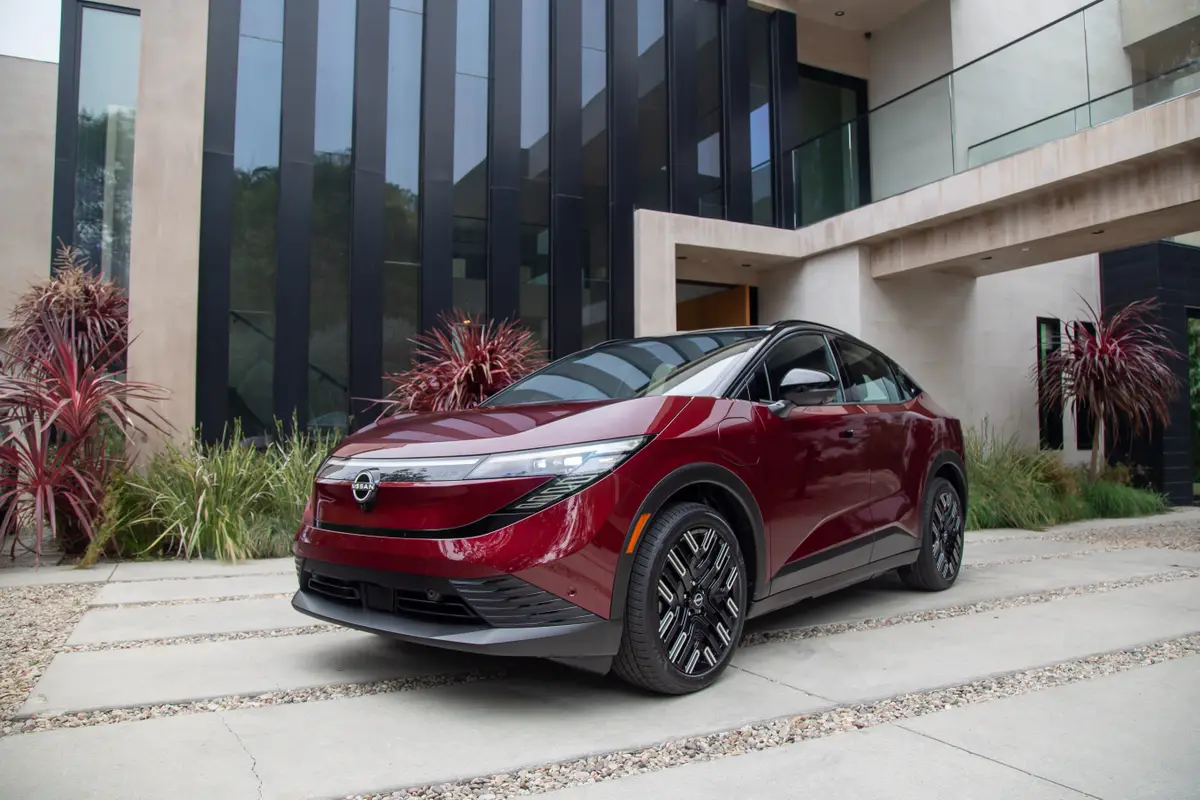Is the 2022 Hyundai Ioniq 5 a Good Electric Car? 5 Pros and 4 Cons

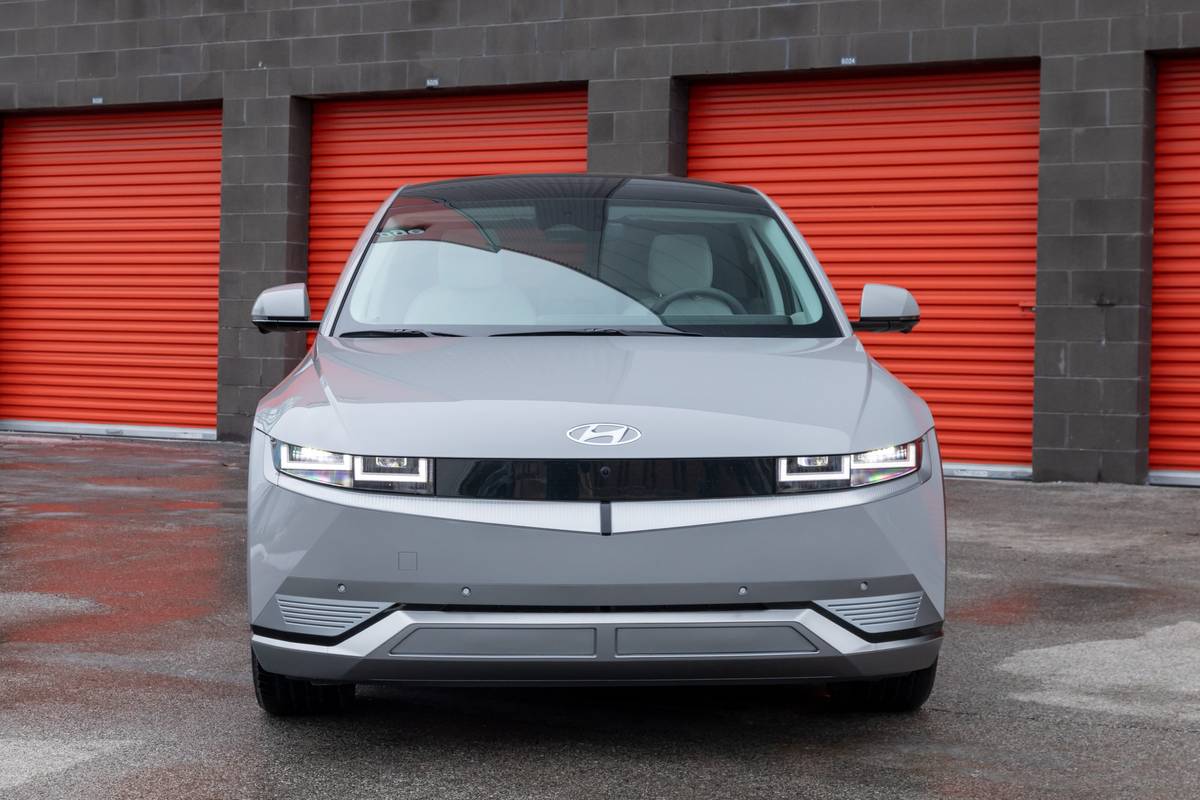
Iron Man started out as a war profiteer. Captain America was a pencil-neck weakling. Thor was feelin’ himself way too aggressively. If the hero doesn’t have a flaw to overcome, the story just isn’t as interesting. On the other hand, when it’s an actual journey that you’re taking in an electric SUV as opposed to a hero’s journey in the Marvel Cinematic Universe, we’d all just as soon the automakers leave the character-building conflict to Hollywood and give us as flaw-free an ownership experience as possible. With the 2022 Hyundai Ioniq 5 electric SUV, the South Korean carmaker has done just that.
Related: 2022 Hyundai Ioniq 5 Review: The EV We’ve Been Waiting For
In Cars.com reviewer Joe Wiesenfelder’s comprehensive critique of the all-new EV, he heralds the arrival of the Ioniq 5 as the first affordable electric SUV lacking a “defining shortcoming” — something competitors from Ford, Tesla and Volvo have been (as yet) unsuccessful in doing. But just because a model is remarkably less flawed doesn’t mean it’s flawless, and Wiesenfelder still finds a few foibles in the Ioniq 5. For his full take, follow the related link above — but for a rapid-fire rundown of the pros and cons, keep reading.
Here are five things we could go on about all day and four things we’re not overly fond of about the 2022 Hyundai Ioniq 5:
Things We Like
1. EV Easy Rider
Benefitting from its 118-inch wheelbase, the Ioniq 5 breaks the EV comfort curse with a nice, amenable ride. Even with outsize 20-inch wheels, the Hyundai manages to glide past the firm, harsh fate of many of its counterparts.
2. Comfortable Cabin
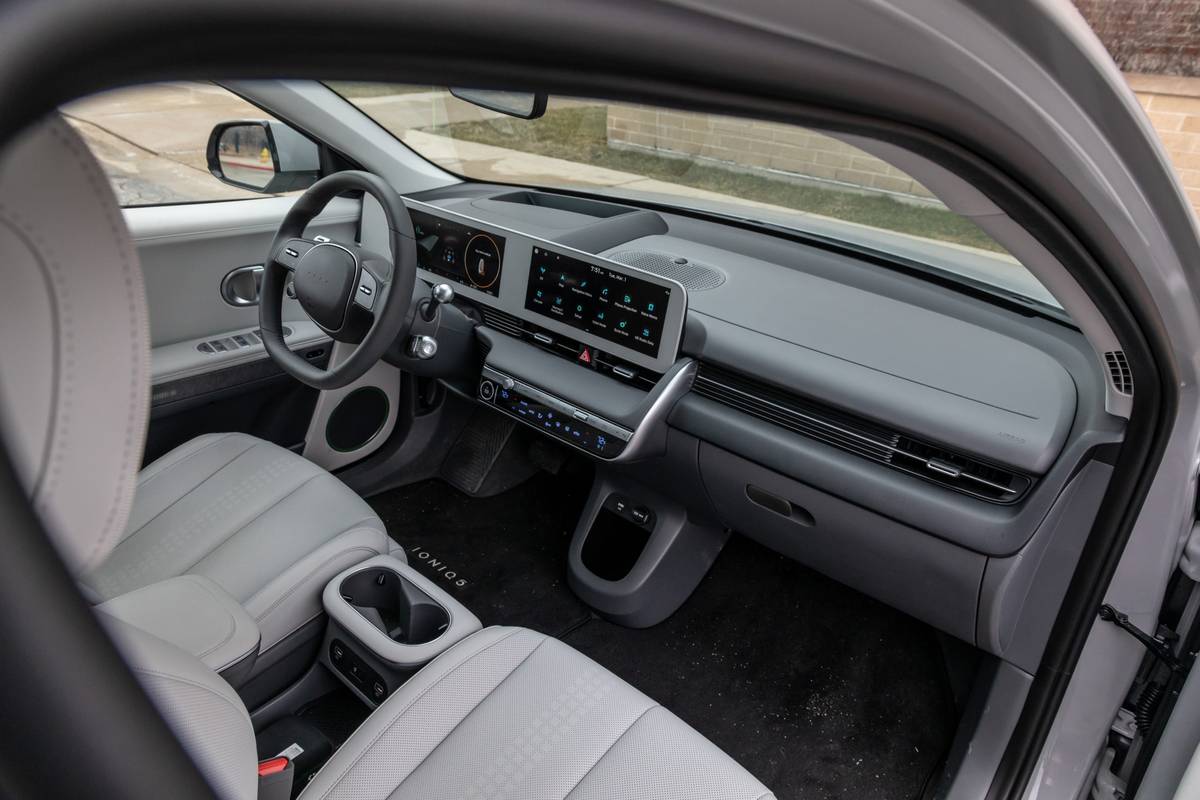
Cutting emissions doesn’t have to mean cramping your style, and the Ioniq 5 proves as much with accommodating occupant space throughout. Generous headroom and legroom are further complemented by forgoing a boxy enclosed center console in favor of an open storage space. Opt for the panoramic moonroof to open things up for rear passengers.
3. Fast Charging, Indeed
Mash the accelerator in any of the Ioniq 5’s four driving modes (except the energy-conserving Eco) and you’ll be rewarded with a satisfying-to-aggressive response. At its quickest, the Hyundai hoofs it from a stop to 60 mph in less than 5 seconds.
4. Pulls Out All the Stops
The Ioniq 5’s strong suits don’t stop at the brakes. A welcome range of options await the driver when it comes to the regenerative braking system; deceleration kicks in when your foot eases off the accelerator, channeling that captured energy back to the battery pack. Four selectable levels allow the driver to customize the measure of regeneration, while the additional i-Pedal enables one-pedal driving that necessitates little to no use of the brake pedal to stop the car under normal conditions. Further regen refinement can be had using the steering-wheel-mounted paddles.
5. Upfront With Info
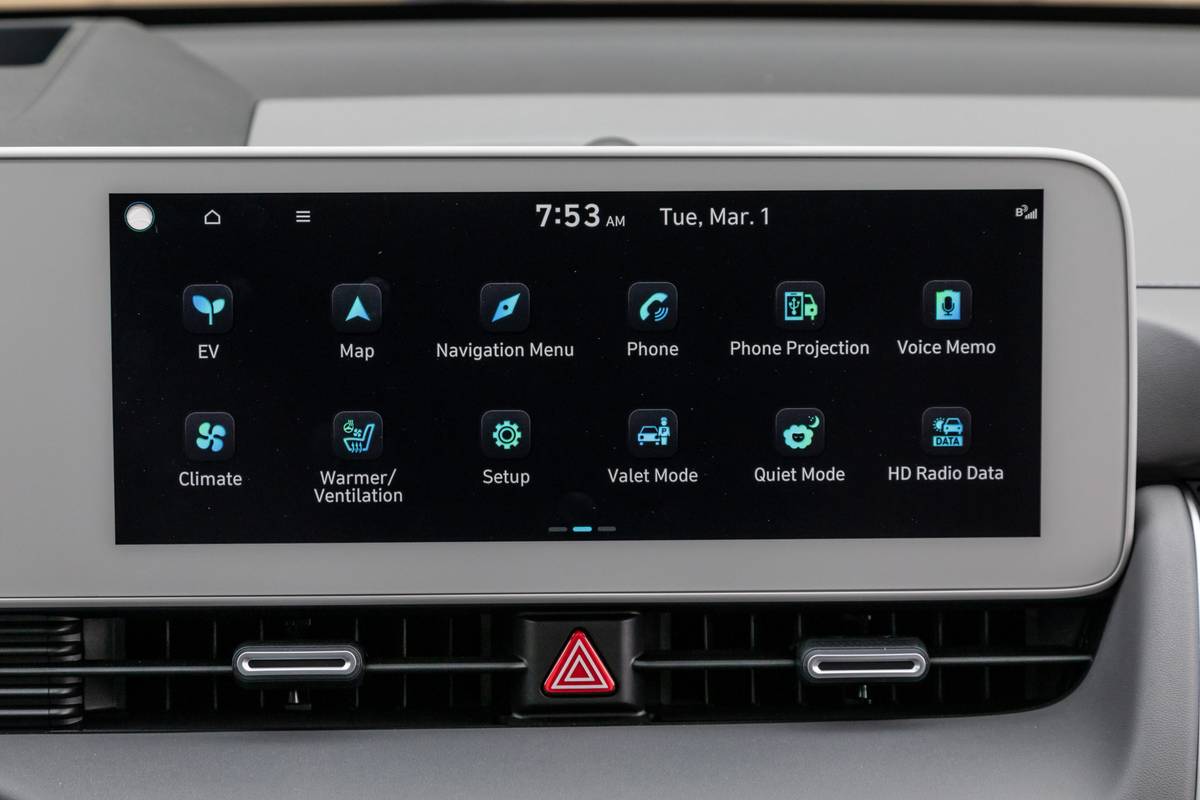
The Ioniq 5’s large, dedicated instrument panel displays a host of vital information, such as battery-charge level, projected range and much more — which, when thusly equipped, includes the blind spot view monitor’s camera image of those tricky angles. All that’s a welcome contrast to more limited information displays in competing EVs such as the Tesla Model Y and Ford Mustang Mach-E. Similarly, the Ioniq 5’s available head-up display is sizable and warns the driver of another vehicle in their blind spot, as well as of upcoming turns when using the native navigation system.
More From Cars.com:
- Shopping for a 2022 Hyundai Ioniq 5? Research One, Here
- Find a 2022 Hyundai Ioniq 5 on Sale Near You, Now
- Hyundai Ioniq 5 Vs. Kia EV6: What’s Really the Difference Between the Two?
- Electric Cars With the Longest Range
- What to Know Before Purchasing an Electric Vehicle: A Buying Guide
Things We Don’t
1. Turn and Face the Strain
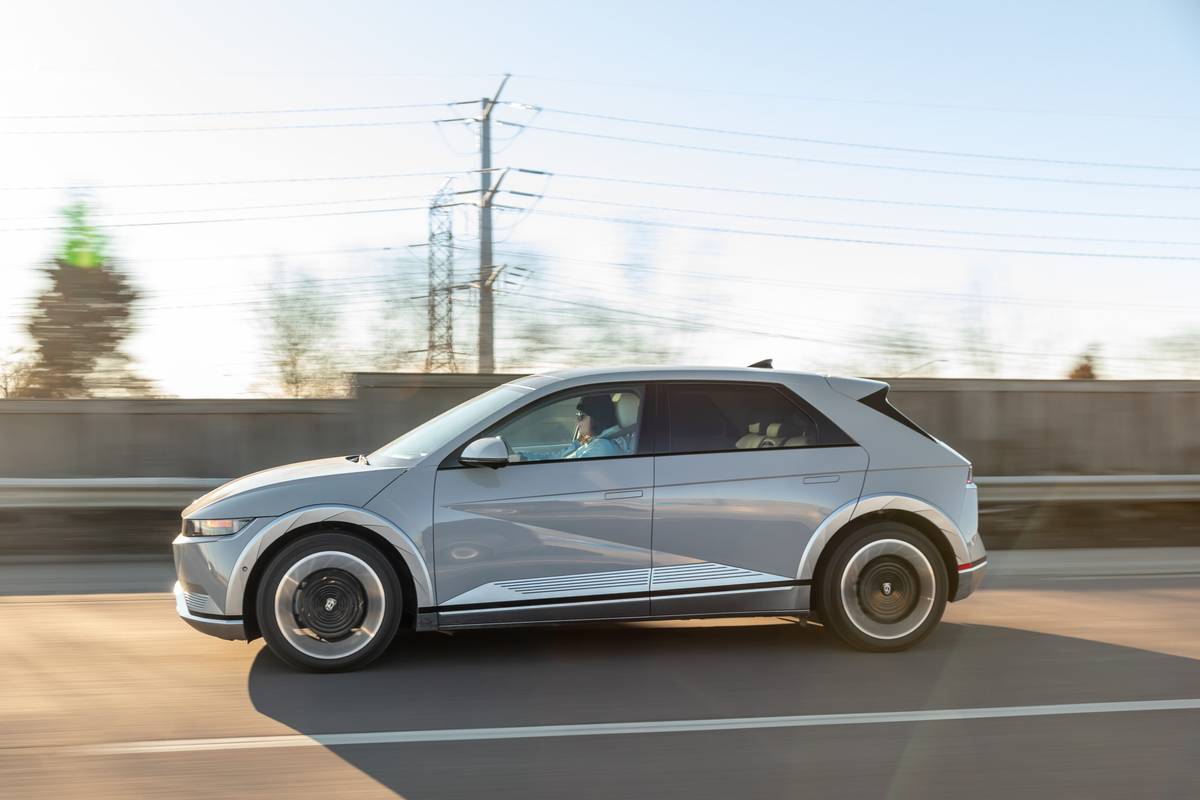
That expansive wheelbase may work wonders for the Ioniq 5’s road manners, but things take a turn in tight spaces. The EV’s 39.3-inch turning circle won’t make maneuvering through congested city streets much fun, and it trails competitors by nearly 8 inches at the most disparate.
2. Efficiency Over Emergency
The aforementioned acceleration limitation in Eco mode is more than just a power-preserving mechanism, it’s a potential rear-end collision waiting to happen. We, of course, expect it to dial down the drama considerably — but everyone makes a poor choice when attempting to pull into high-speed traffic sometimes, so it would be nice to have the adaptability to amp things up in a pinch if the driver suddenly has to floor it: In case of emergency, haul ass.
3. Climate, Climate Control Concerns
Even when it’s just kinda cold out, you can expect DC fast charging to take considerably longer than it would were the weather warmer. Meanwhile, the Ioniq 5’s cabin can’t be preconditioned to your preferred level of warmth or coolness while it’s connected to a fast charger if you remote-start using the key fob; you can only perform this battery-preserving function if you have a somewhat pricey (and perpetual) Hyundai Bluelink connected-car service subscription.
4. Can We Cut the Cord?
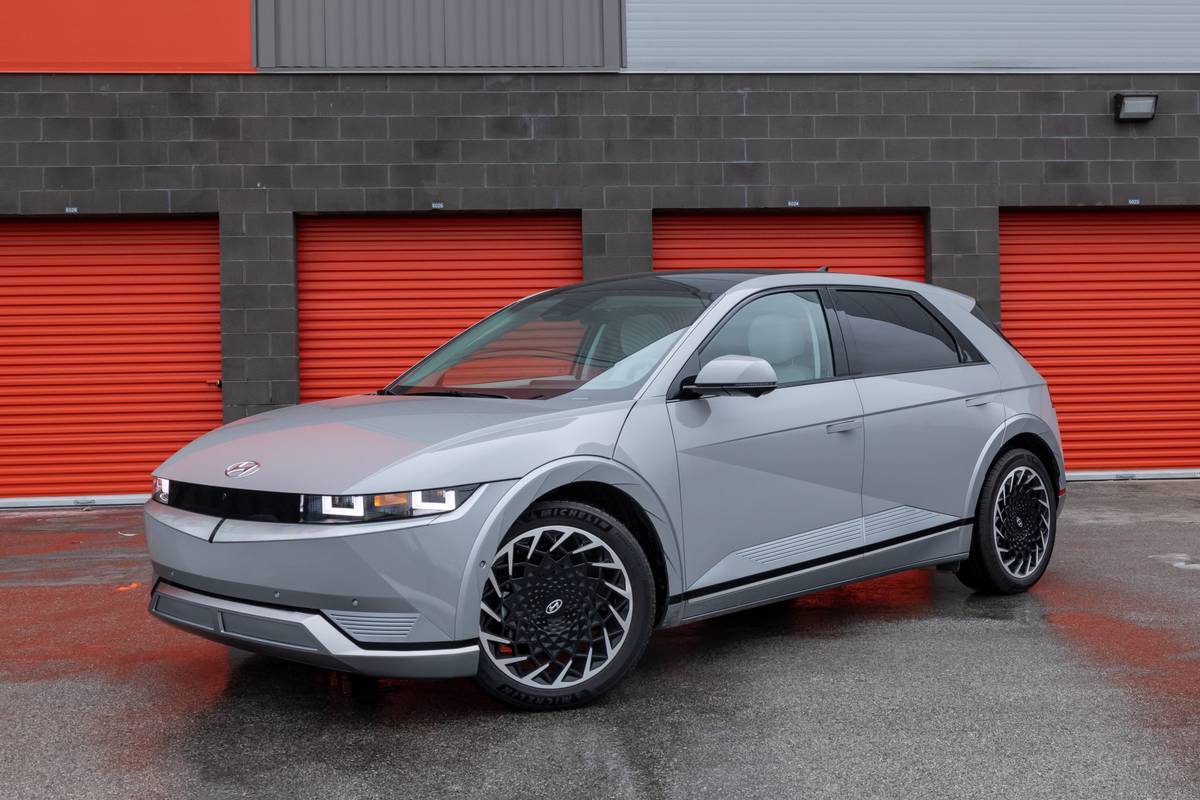
Apple CarPlay and Android Auto smartphone connectivity both are available on the Ioniq 5, but not in their cord-free versions, only the ones with a wire — as in, wire you still making us plug our phones in, Hyundai?
Related Video:
Cars.com’s Editorial department is your source for automotive news and reviews. In line with Cars.com’s long-standing ethics policy, editors and reviewers don’t accept gifts or free trips from automakers. The Editorial department is independent of Cars.com’s advertising, sales and sponsored content departments.

Former Assistant Managing Editor-News Matt Schmitz is a veteran Chicago journalist indulging his curiosity for all things auto while helping to inform car shoppers.
Featured stories

